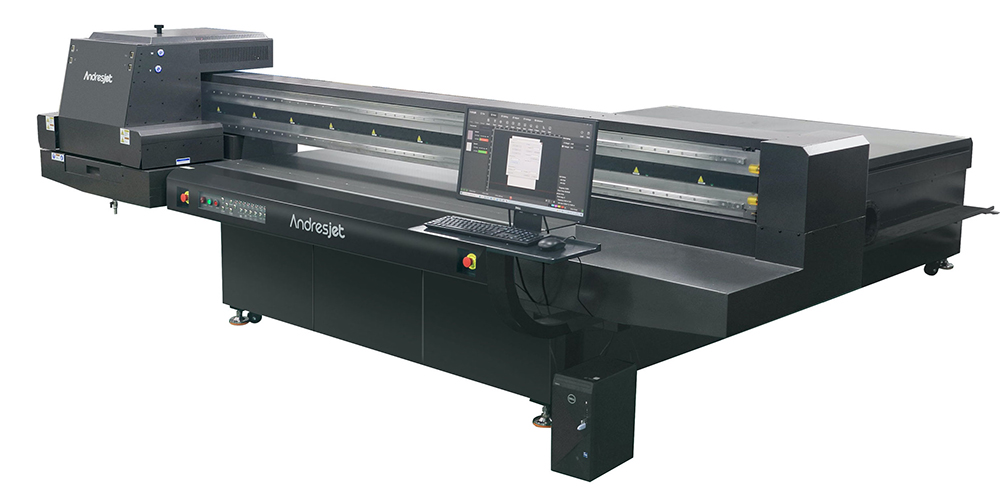What is the Best Way to Store UV-Printed Materials?
What is the Best Way to Store UV-Printed Materials?
UV printing, a popular technique in the printing industry, offers vibrant colors, durability, and resistance to fading. It involves using ultraviolet (UV) light to dry or cure ink as it is printed onto a material. This process results in sharp, high-quality prints that can last for years without significant deterioration. However, to ensure the longevity and quality of UV-printed materials, proper storage is crucial. This article explores the best practices for storing UV-printed materials to maintain their appearance and extend their lifespan.

Understanding UV-Printed Materials
UV printing is versatile and can be applied to various materials, including plastics, glass, metal, wood, and certain fabrics. The ink used in UV printing contains photoreactive components that react when exposed to UV light, causing the ink to cure or dry instantly. This rapid curing process creates a hard, durable surface that is resistant to scratches, chemicals, and environmental factors such as moisture and sunlight.
Despite their durability, UV-printed materials are not immune to degradation. Exposure to extreme temperatures, humidity, direct sunlight, and certain chemicals can still cause fading, discoloration, or even damage to the printed surface. Therefore, proper storage is essential to preserve the quality of these materials.
Factors to Consider for Storage
Several factors must be considered when determining the best way to store UV-printed materials:
Temperature and Humidity Control: Extreme temperatures and humidity can cause the materials to warp, expand, or contract, leading to potential damage to the printed surface. It is recommended to store UV-printed materials in a controlled environment with a temperature range of 60-70°F (15-21°C) and a relative humidity of 40-60%.
Light Exposure: Direct sunlight or strong artificial light can cause the inks to fade or discolor. It is essential to store UV-printed materials in a dark or low-light area, or use UV-blocking materials to shield them from light exposure.
Air Quality: Storing UV-printed materials in areas with high levels of pollutants or chemicals can cause the inks to react and degrade. It is advisable to store them in a clean, well-ventilated space.
Handling and Stacking: Proper handling and stacking of UV-printed materials can prevent damage from scratches or pressure marks. It is recommended to use clean, soft gloves when handling the materials and to stack them evenly with adequate support to avoid bending or warping.
Best Practices for Storing UV-Printed Materials
Based on the factors mentioned above, the following are the best practices for storing UV-printed materials:
Controlled Environment: Store UV-printed materials in a climate-controlled environment with consistent temperature and humidity levels. This can be achieved by using a storage unit with climate control features or by creating a dedicated storage space within a building that has temperature and humidity regulation.
Dark Storage: Keep UV-printed materials in a dark or low-light area to prevent fading and discoloration. If natural light is present, use UV-blocking curtains or films to shield the materials. For artificial light, choose low-intensity LED lights that emit minimal UV radiation.
Proper Packaging: Use acid-free, archival-quality packaging materials to protect the UV-printed materials from dust, dirt, and moisture. Cardboard boxes or plastic bins with tight-fitting lids can provide adequate protection. Additionally, consider using acid-free tissue paper or bubble wrap to separate and cushion individual items.
Vertical Storage: Store UV-printed materials vertically to prevent bending or warping. If stacking is necessary, use shelves or racks with adequate support to distribute the weight evenly and minimize pressure points.
Rotation and Inspection: Regularly inspect the stored UV-printed materials for any signs of degradation or damage. Rotate the items if necessary to ensure even exposure to the storage environment and to prevent long-term pressure points.
Pest Control: Keep the storage area clean and pest-free to prevent damage from insects or rodents. Use pest control measures such as traps, repellents, or professional pest management services to maintain a clean and safe storage environment.
Documentation and Inventory: Maintain accurate records of the stored UV-printed materials, including their location, condition, and date of storage. This will help in tracking the materials and ensuring timely inspection and rotation.
Conclusion
Proper storage of UV-printed materials is crucial to maintain their quality and extend their lifespan. By considering factors such as temperature, humidity, light exposure, air quality, and handling, it is possible to create an optimal storage environment that preserves the appearance and durability of these materials. Following best practices such as controlled environment storage, dark storage, proper packaging, vertical storage, regular inspection, pest control, and documentation can help ensure that UV-printed materials remain vibrant and intact for years to come.
Investing in proper storage solutions and practices not only protects the investment made in UV printing but also ensures that the materials can be enjoyed and utilized for their intended purpose for an extended period. By taking the necessary steps to store UV-printed materials correctly, businesses and individuals can maximize the value and longevity of their printed products.
